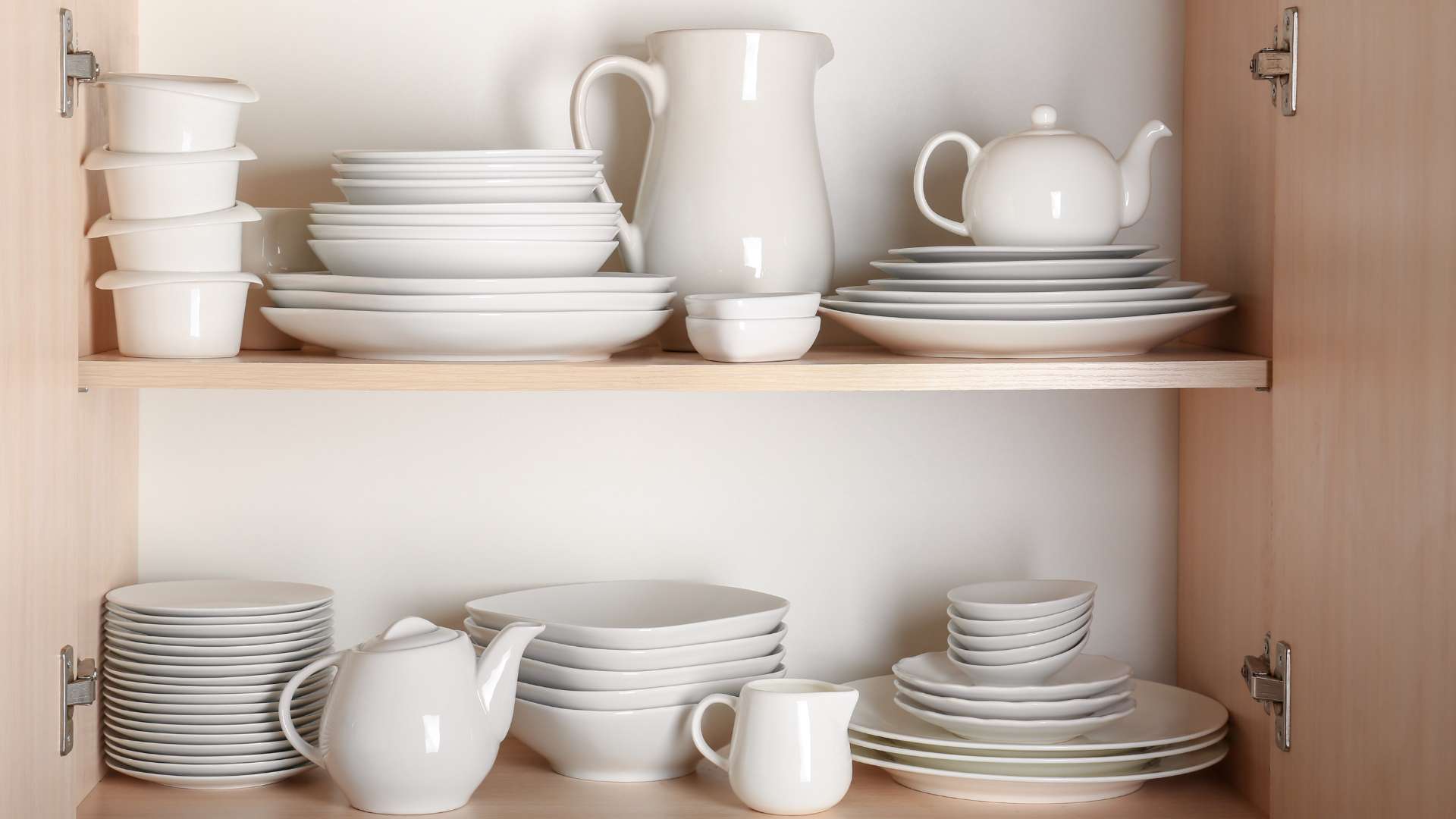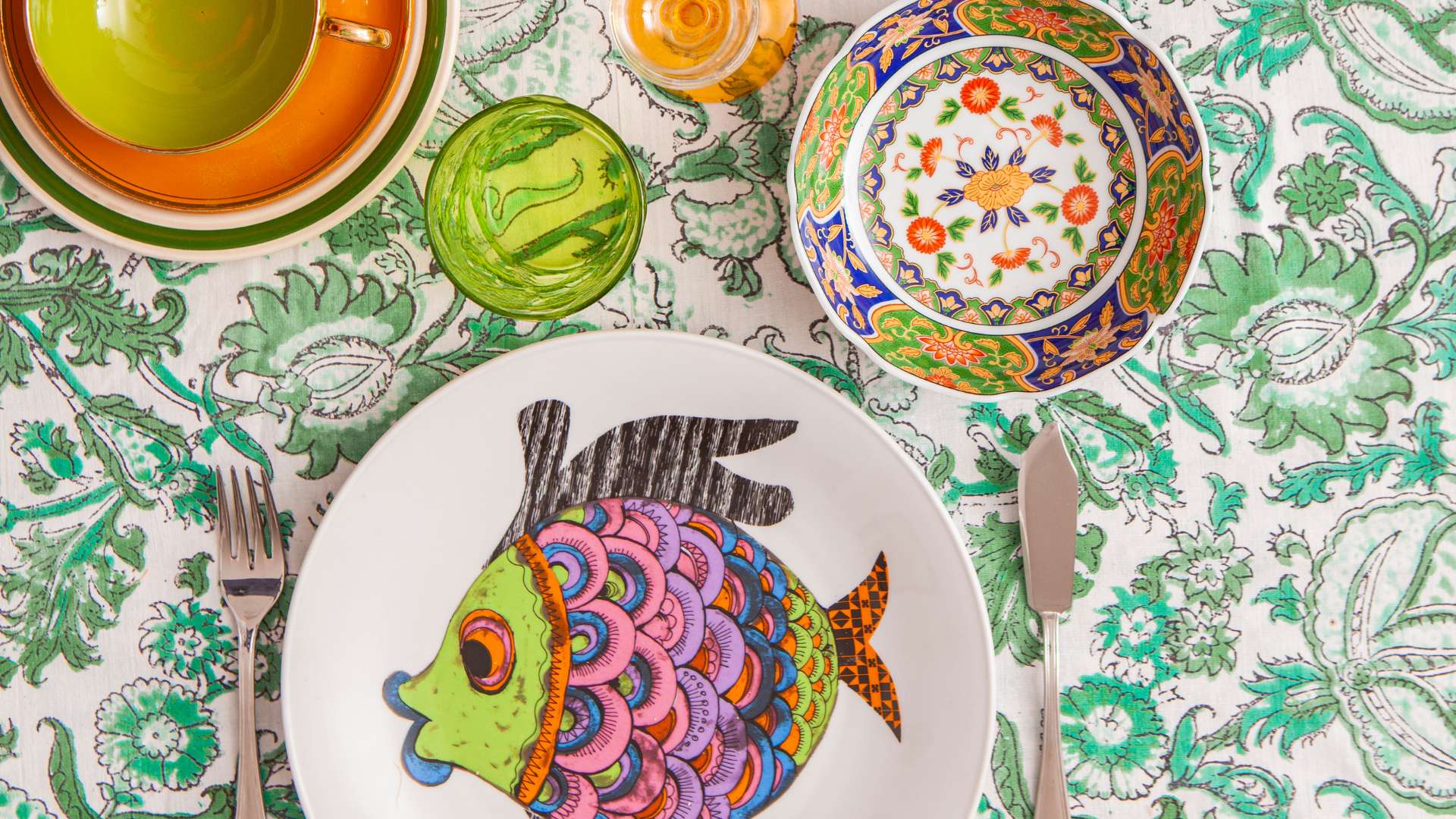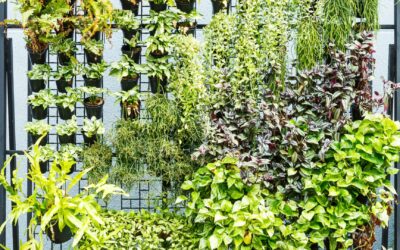In the world of art, creativity knows no bounds. From crafting a piece of artwork on canvas to customizing your dinnerware, every medium allows you to express your artistic prowess. Acrylic paint has proven to be a versatile and accessible tool for artists of all levels. Not only is it ideal for creating stunning artworks, but it’s also perfect for adding a splash of color to everyday objects such as your sheets, paper, and even your dinnerware. In light of this, we’ll be discussing painting techniques using acrylic paints from two professional brands – Pebeo and Marabu. We’ll explore the key features of their paints, compare their performance, and provide tips on mixing colors to achieve the desired effect. So let’s dive in and explore the world of acrylic painting!
- 1 Understanding Acrylic Paints: Key Features
- 2 Pebeo’s Acrylic Paints: Professional Artistry at Your Fingertips
- 3 Marabu’s Acrylics: An Explosion of Color
- 4 Color Mixing: Creating the Perfect Palette
- 5 Pebeo vs Marabu – Which is Better for Your Artwork?
-
6
FAQ
- 6.1 What are the main differences between Pebeo and Marabu paints for customizing dinnerware?
- 6.2 Do I need to prepare my dinnerware surface before painting with Pebeo or Marabu?
- 6.3 How do I cure the paint on my dinnerware to make it durable?
- 6.4 Can I use both Pebeo and Marabu paints on the same piece of dinnerware?
- 6.5 Are Pebeo and Marabu paints safe for use on dinnerware that comes into contact with food?
Understanding Acrylic Paints: Key Features
Before we delve into the specifics of Pebeo and Marabu, it’s essential to understand the fundamentals of acrylic paints. Acrylics are essentially pigments suspended in a polymer emulsion, which gives them their characteristic fluidity and versatility. They’re water-based, allowing easy cleanup, and unlike oil colours, there’s no need for a solvent based medium.
One of the key features of acrylics is their quick-drying property. This makes them ideal for mixed media art, where layers of paint are applied one after the other. Moreover, acrylics can be used on various surfaces, from watercolor paper to fabric, clay, and more. They’re acid free, ensuring your artwork remains vibrant for years to come.
Another advantage of acrylics lies in their ability to be diluted with water. This creates an effect similar to watercolors, while retaining the vibrancy and intensity of colors. Moreover, they can be mixed with mediums to enhance texture and sheen, making acrylics a versatile tool for any artist.
Pebeo’s Acrylic Paints: Professional Artistry at Your Fingertips
Pebeo, a French company renowned for its art supplies, offers a wide range of acrylic paints that are suitable for both beginners and professionals. Their set includes various shades, ensuring a complete palette for your art projects.
One of the distinguishing features of Pebeo’s acrylics is their high pigment concentration. This ensures bright, intense colors that stand out on any medium. Furthermore, they’re easy to mix, allowing you to create a plethora of shades and tones.
Pebeo paints are also known for their excellent lightfastness, meaning the colors won’t fade over time. This is crucial for preserving your artwork in its original form.
In terms of application, Pebeo’s acrylics are smooth and easy to work with. Whether you’re painting on canvas or personalizing your dinnerware, these paints deliver a professional finish.
Marabu’s Acrylics: An Explosion of Color
Next, let’s talk about Marabu’s acrylic paints. Marabu, a German brand, offers an array of vibrant, high-quality acrylic paints that are perfect for any creative project.
Marabu’s acrylics are known for their high viscosity, which makes them ideal for creating texture in your paintings. They’re also incredibly versatile, working well on a multitude of surfaces.
Another standout feature of Marabu’s acrylics is their range of colors. From pastels to neon and metallic shades, Marabu offers a color palette that caters to every artist’s needs. Moreover, their paints are easy to mix, allowing you to create a myriad of hues for your artwork.
Color Mixing: Creating the Perfect Palette

Achieving the right color when painting is crucial. Whether you’re using Pebeo’s or Marabu’s acrylics, understanding the basics of color mixing can significantly enhance your artwork.
Start by creating a color wheel with your primary colors: red, blue, and yellow. These cannot be made by mixing other colors. From there, mix two primary colors to get secondary colors: green, orange, and purple. You can then mix a primary color with a secondary color to get a tertiary color.
For more neutral colors, experiment with mixing complementary colors, those opposite each other on the color wheel. To lighten a color, add white (tint), and to darken it, add black (shade). For a more sophisticated look, add grey to a color (tone).
Pebeo vs Marabu – Which is Better for Your Artwork?
Both Pebeo and Marabu offer professional-grade acrylic paints that deliver vibrant, lasting colors. The choice between the two ultimately depends on personal preference and the specific requirements of your project.
Pebeo’s paints are notable for their high pigment concentration and excellent lightfastness, making them ideal for works that require intense color and durability. On the other hand, Marabu’s acrylics stand out for their high viscosity and diverse color range, perfect for artists who wish to create texture and experiment with a wide palette of colors.
Regardless of your choice, remember that the key to creating stunning artwork lies not only in the quality of your paints but also in understanding color mixing and applying the right techniques. So, pick up your brushes, set your palettes, and let the world of acrylic painting unleash your creativity!
FAQ
What are the main differences between Pebeo and Marabu paints for customizing dinnerware?
Pebeo and Marabu paints both offer options for dinnerware customization, but they differ in terms of their composition and the finish they provide. Pebeo paints are known for their enamel-like finish and durability, making them suitable for surfaces that require washability and resistance to heat. Marabu, on the other hand, often provides a softer finish and can be easier to work with for beginners, offering a variety of colors and effects that can be achieved with less effort.
Do I need to prepare my dinnerware surface before painting with Pebeo or Marabu?
Yes, surface preparation is key to ensuring that the paint adheres properly and lasts longer. For both Pebeo and Marabu paints, you should start by cleaning the dinnerware to remove any grease or dirt. A gentle wipe with rubbing alcohol or a mild detergent is usually sufficient. Allow the surface to dry completely before applying the paint.
How do I cure the paint on my dinnerware to make it durable?
After painting your dinnerware with Pebeo or Marabu paints, curing is necessary to set the paint and make it durable. Each brand may have specific instructions, but generally, the painted item should be left to dry for a period (usually 24 hours) before being baked in a conventional oven at a low temperature. This heat-setting process will harden the paint and make it dishwasher safe, although hand washing is often recommended to extend the life of your design.
Can I use both Pebeo and Marabu paints on the same piece of dinnerware?
While it is technically possible to use both Pebeo and Marabu paints on the same piece of dinnerware, it is important to consider the different properties and baking requirements of each paint. Mixing brands can result in an uneven finish or poor adhesion if not done carefully. If you choose to mix, test the combined application on a small area or a separate piece to ensure compatibility.
Are Pebeo and Marabu paints safe for use on dinnerware that comes into contact with food?
Both Pebeo and Marabu offer paint lines that are specifically designed for use on surfaces that come into contact with food. However, it is essential to follow the manufacturer’s instructions regarding the use and curing process to ensure safety. Typically, it is recommended to avoid painting on areas that will directly touch food or the user’s mouth. The bottom of the plate or the exterior of a mug are good areas to apply paint while maintaining safety standards.





